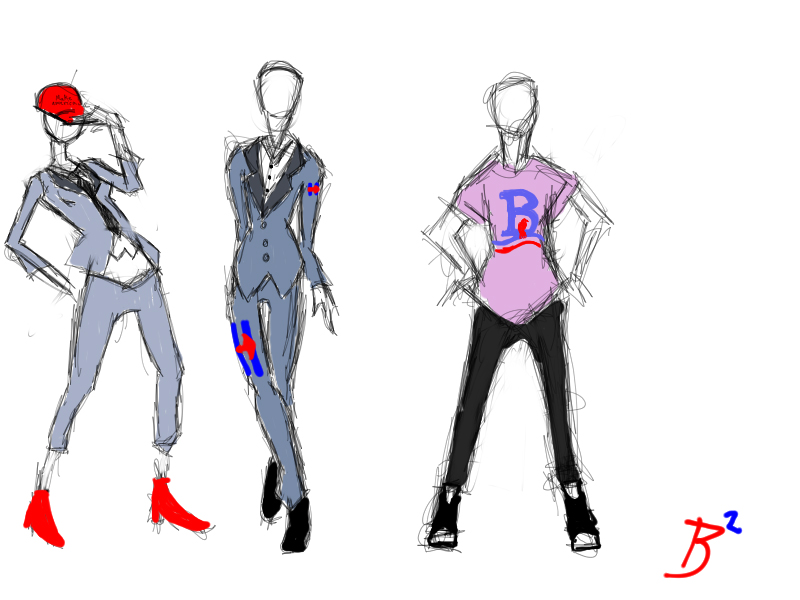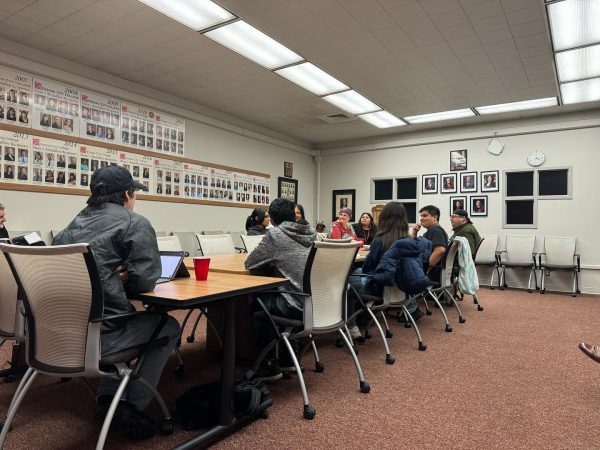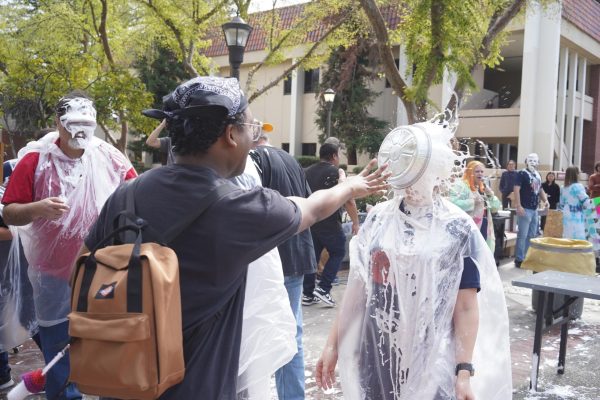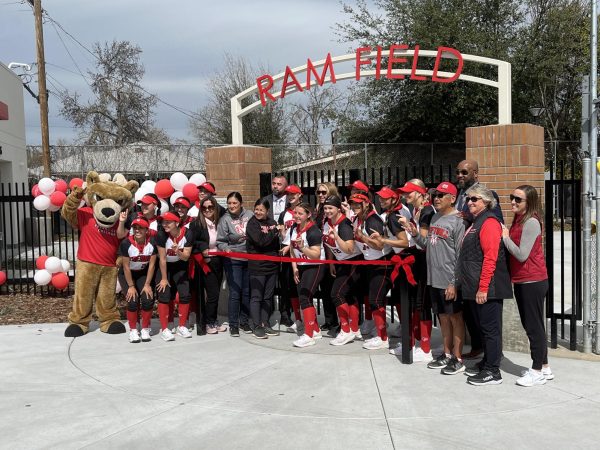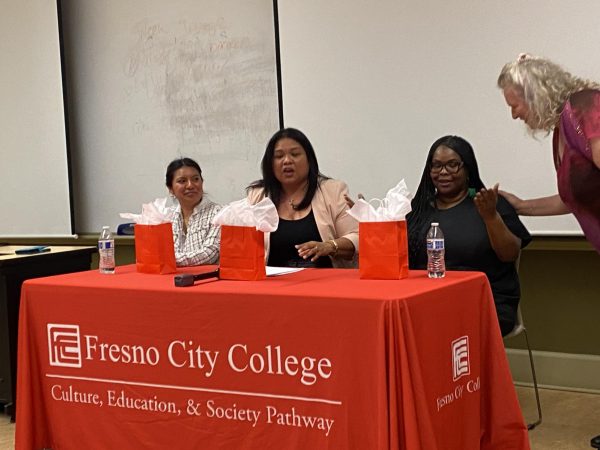Candidates Rely on Voters for Campaign Marketing
Photo by: Bobby Brown
For many people, a witty campaign slogan is the first thing they remember about a candidate. The 2016 presidential election has proven that a catchphrase can be just as important as what a candidate says or does.
These slogans have become ubiquitous in our culture, appearing on television, heard on radio and ultimately read on merchandise that can be worn. The political merchandise of candidates such as Hillary Clinton, Bernie Sanders or Donald Trump has made a fashionable impact on America’s voters.
Candidates want as much visibility as possible, and catchy apparel is one way of getting noticed. Campaign officials told Reuters in May that fans of both Sanders and Trump have together spent nearly $20 million on merchandise including clothing, stickers and other items.
“Merchandise is a great way of getting your message out there, of engaging people and of raising money,” said Laura Ries, president of branding consultancy Ries & Ries, in an interview with Reuters.
Both Clinton and Sanders collaborated with well known designers and artists in their 2016 presidential campaigns to create special, noticeable merchandise for supporters to exhibit.
Clinton’s limited-edition “Made for History” collection features T-shirts and accessories by fashion designers such as Tory Burch, Marc Jacobs and Diane von Furstenberg. Sanders collaborated with Shepard Fairey, the artist and founder of OBEY Clothing, on a T-shirt for his campaign.
Trump is the outlier in this aspect, detached from any renowned artist or designer. Yet, his red trucker-style hat with a “Make America Great Again” stitching at the front is arguably the most talked about item of the 2016 election campaigns.
The clothing is meant to please the different supporters of each candidate.
According to a September poll by the Washington Post, Clinton has more support among college graduates, post graduates, voters aged 18-39 and women overall. Next to that wide support, Clinton picked up a rare endorsement from Vogue magazine, a fashion publication which has never endorsed a candidate before.
According to the Condé Nast website, Vogue’s readers are 87 percent women, with 66 percent having some form of college education and the median age being 38. In this case, the demographics of both audiences overlap. With those details in mind, Clinton’s collaboration with established designers makes sense.
Sanders was in similar circumstances earlier this year. During his campaign, he consistently had strong support from young voters, gaining support from about 70 percent of young voters during his primary campaign according to the Economist.
OBEY Clothing similarly has a young audience. Other brands with a younger and alternative voter base like UNIF Clothing also created their own merchandise in support of Sanders. Both brands used their leverage with younger audiences to elevate the Vermont senator.
“Bernie needs help from people like you and me, and I think he’ll look out for the needs of people like you and me,” said Fairey, designer of the OBEY and Sanders t-shirt collaboration, in a statement on Instagram.
In contrast, Trump has depended on the simplicity of his designs to make his voice heard. The signature red hat has become the identifying symbol of a Trump supporter.
But the distinct emblem has also attracted the attention of anti-Trump voters as well. Comedians, musicians, and others have created parody versions of his hat.
Television host John Oliver created a “Make Donald Drumpf Again” hat, using a similar style to the design used by Trump. The new phrase is meant to be humorous, but at first glance the hat looks just like Trump’s merchandise. In the attempt to make a statement through a parody product, people may be inadvertently advertising for Trump in the process.
In a way, Trump has succeeded more than the two other candidates when it came to fashion merchandise. It has not only amassed attention from his supporters, but from the overall public. Its cultural impact is undeniable.
Popular slogans like “I’m With Her,” “Feel the Bern” or “Make America Great Again” are important in the life of a political campaign, but finding a way to spread a candidate’s message is even more important. In this election year, it is evident that fashion advertisements through human billboards are an essential way to increase awareness.

I am a Journalism major at Fresno City College. I only pursued Journalism because my boyfriend told me to do it and I ended up not hating it. I love pop...


